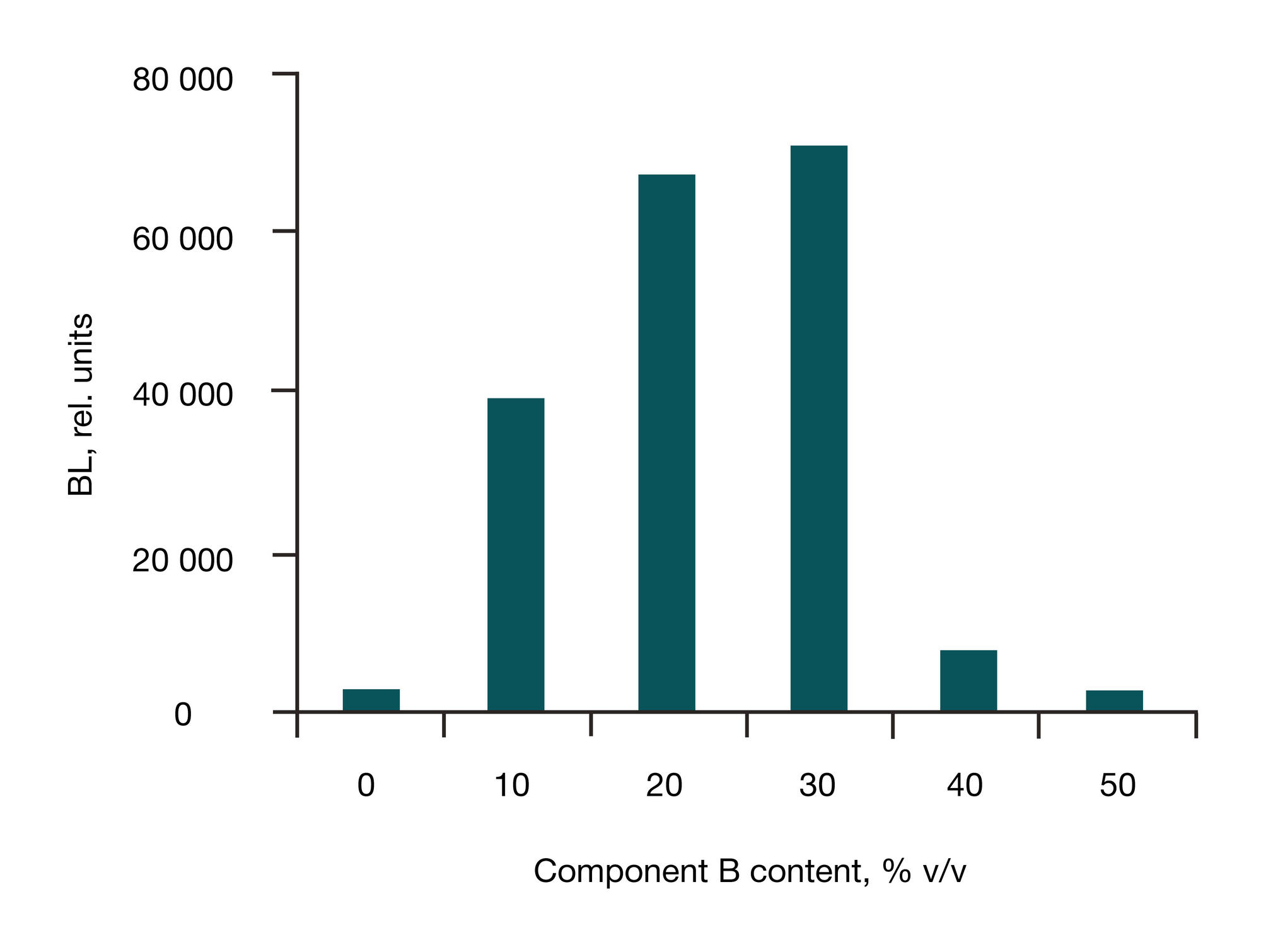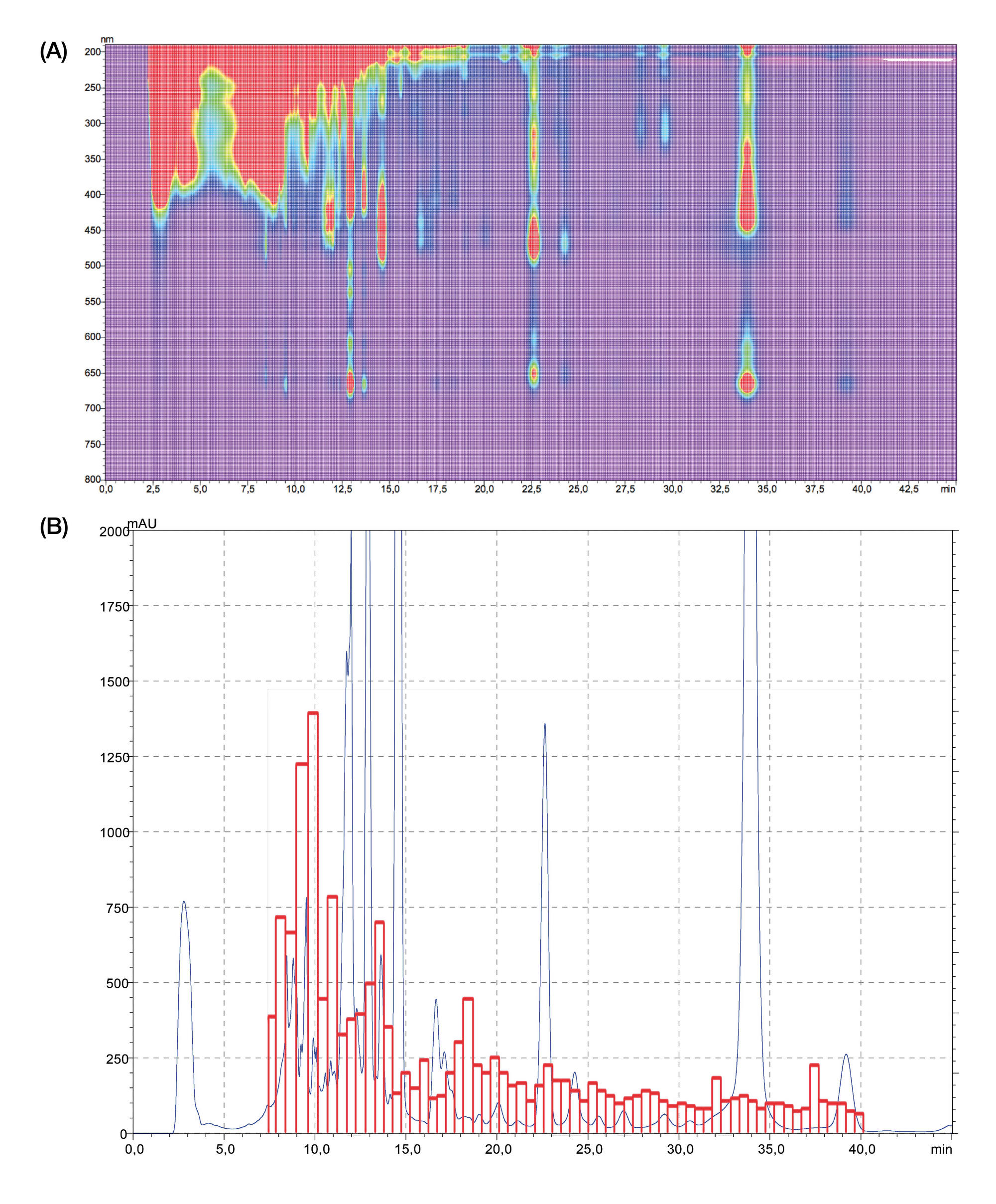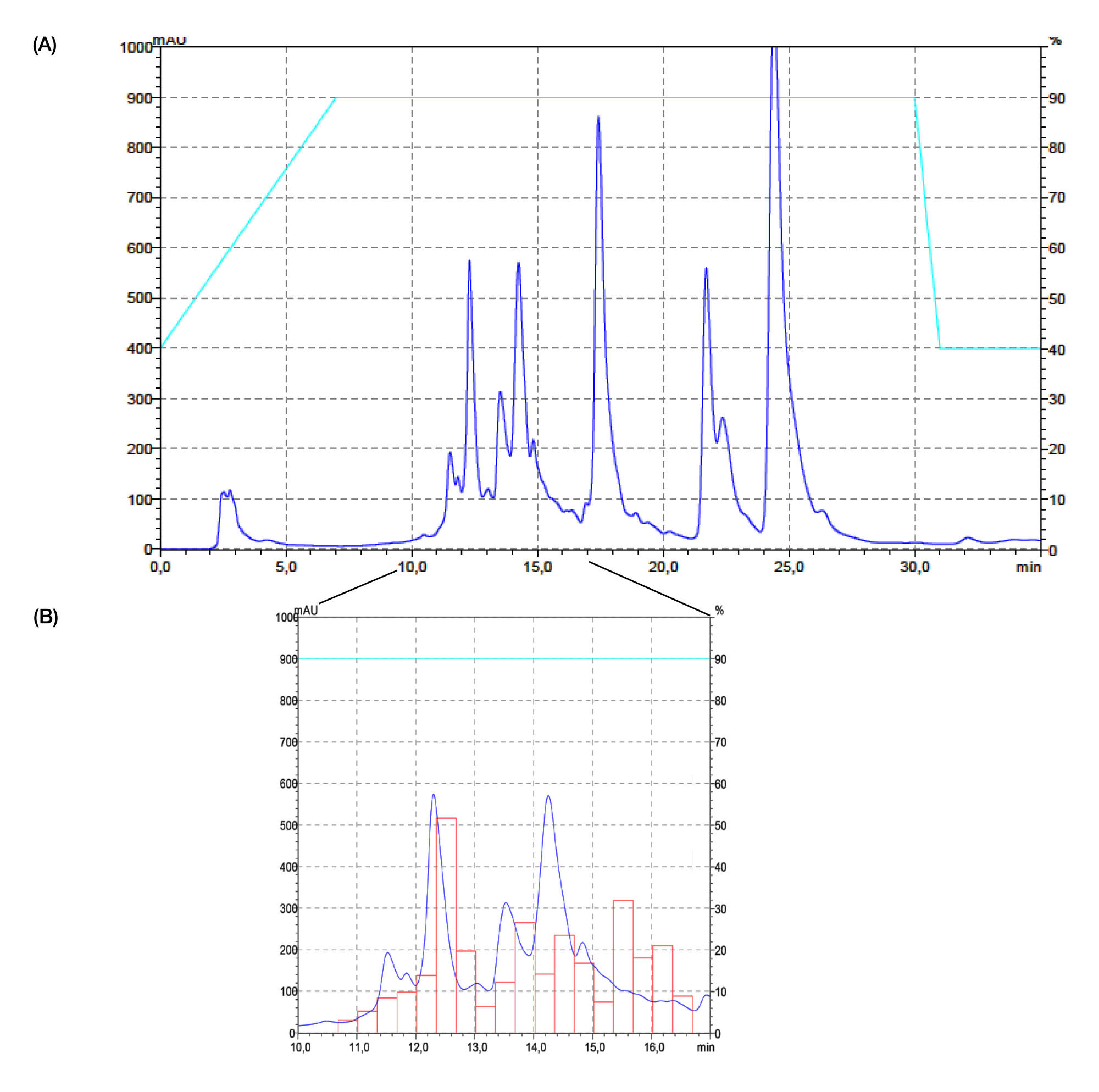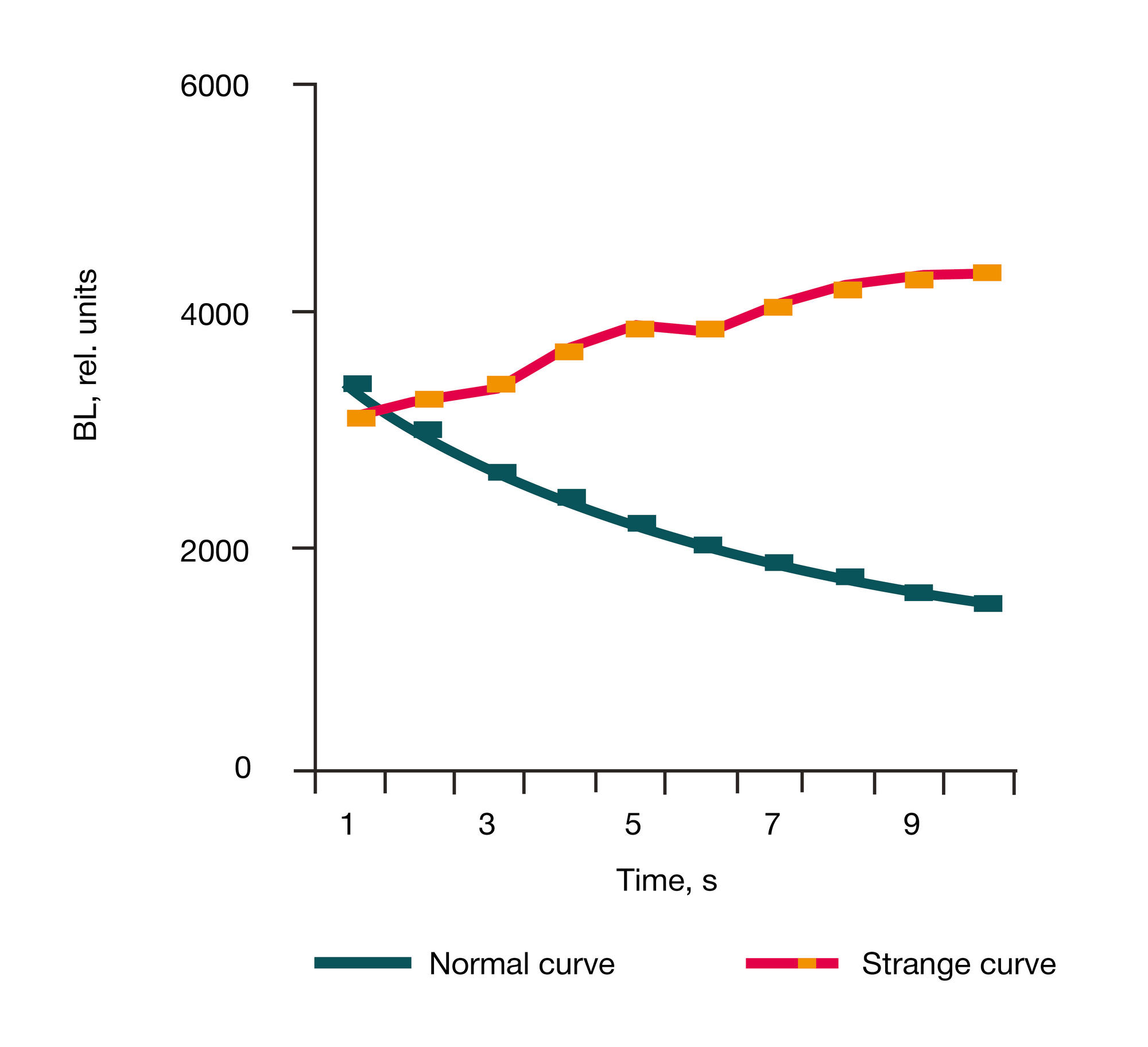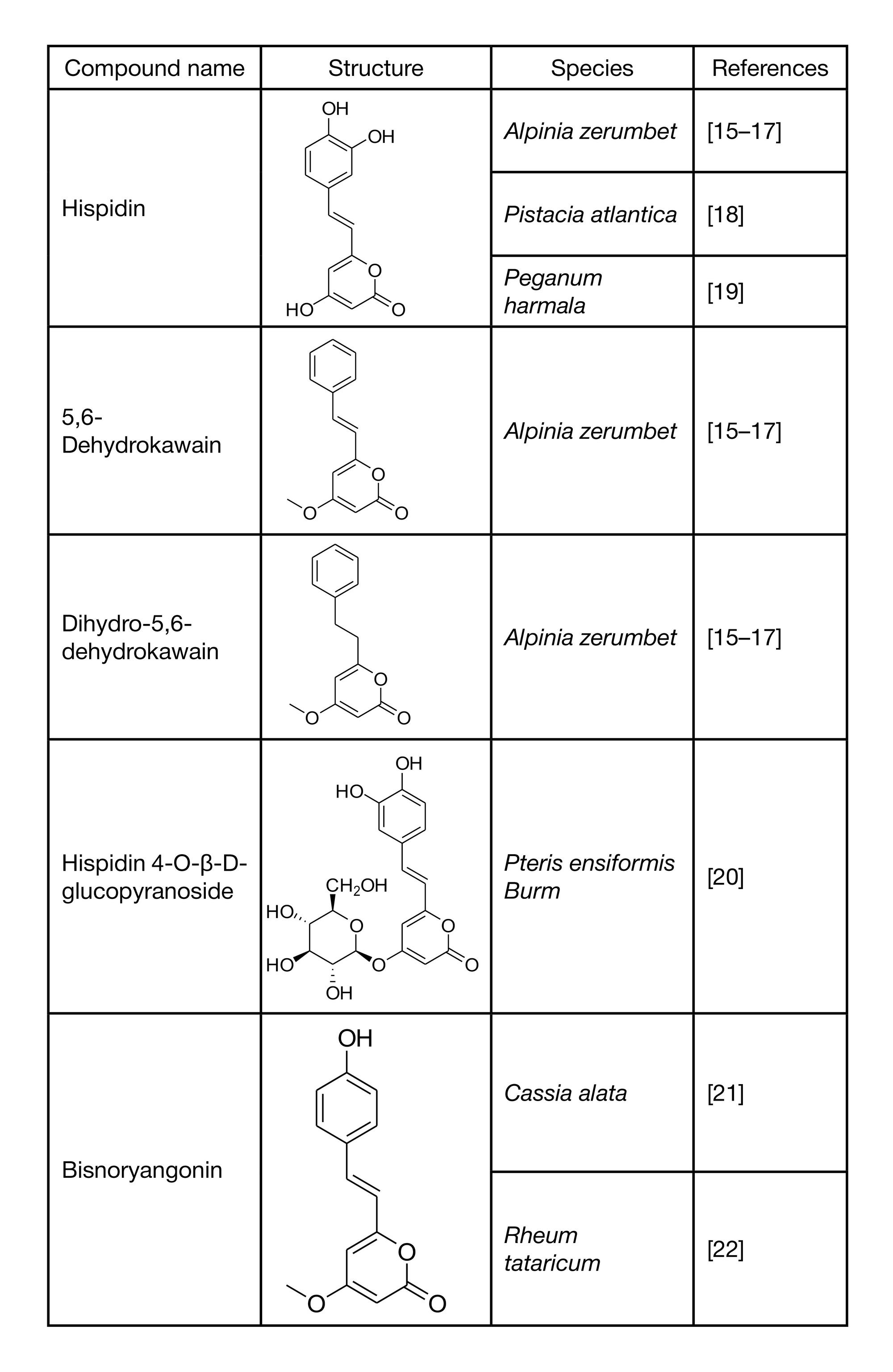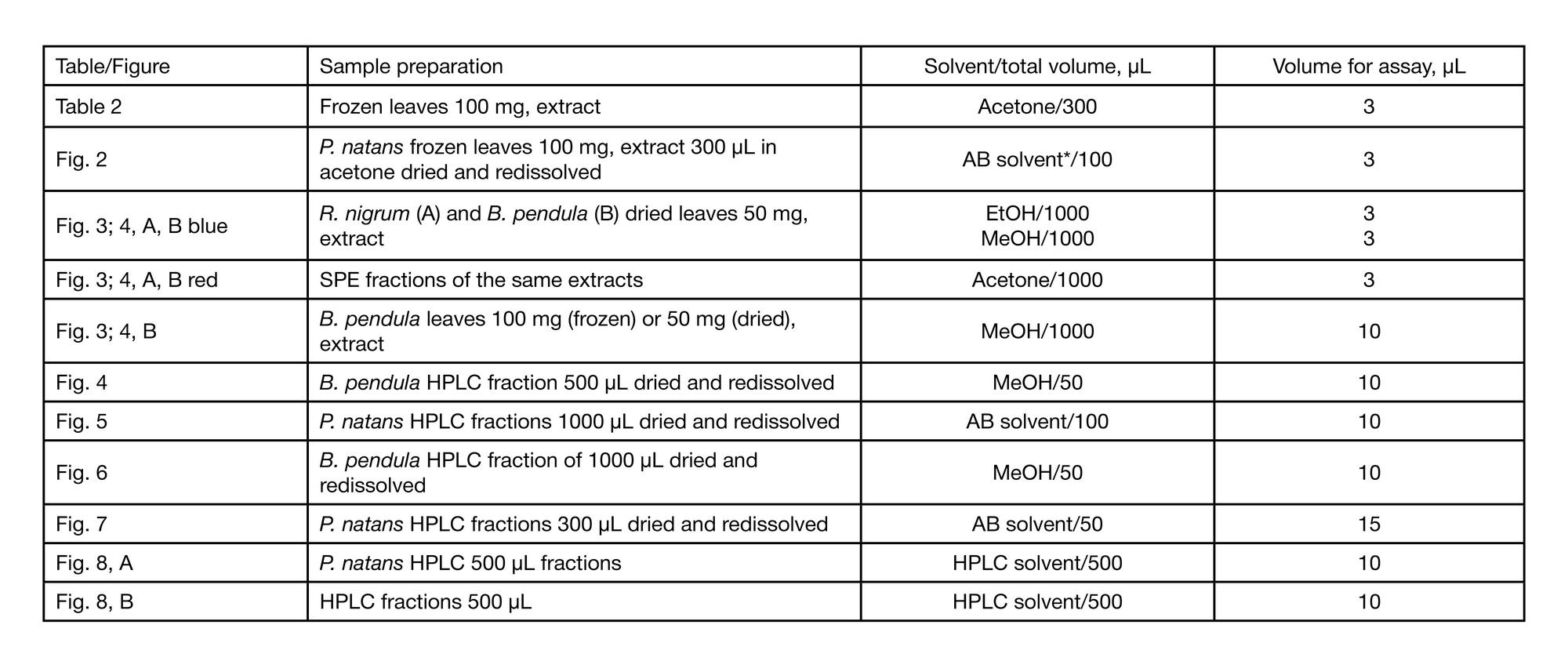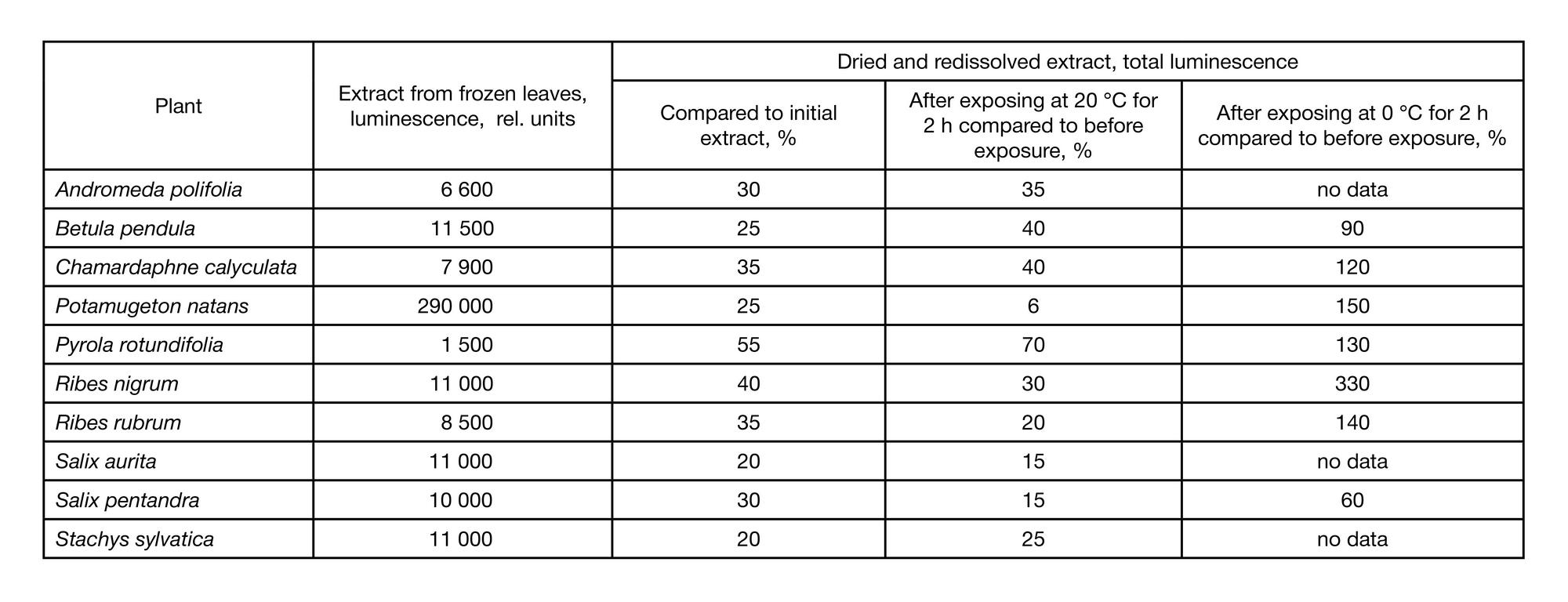
This article is an open access article distributed under the terms and conditions of the Creative Commons Attribution license (CC BY).
ORIGINAL RESEARCH
Bioluminescence: is it possible for a plant?
1 Laboratory of Chemistry of Natural Compounds,Pirogov Russian National Research Medical University, Moscow, Russia
2 Total Synthesis Laboratory,Shemyakin–Ovchinnikov Institute of Bioorganic Chemistry of the Russian Academy of Sciences, Moscow, Russia
3 Moscow South-West High School No. 1543, Moscow, Russia
Correspondence should be addressed: Elena Guglya
ul. Ostrovityanova, 1, Moscow, Russia, 117997; moc.liamg@aylguge
Funding: this work was supported by the Russian Science Foundation (Grant No. 14-50-00131).
Acknowledgements: the authors thank Lyudmila Abramova and Nikita Tikhomirov for their assistance in collecting and sorting plant samples. The present research was carried out at the facilities of the Shared Resource Center of Shemyakin and Ovchinnikov Institute of Bioorganic Chemistry.
Contribution of the authors to this work: Guglya EB — preparation of organic extracts of plant samples with BL activity, development and implementation of chromatographic separations, BL analysis, drafting of a manuscript; Kotlobay AA — preparation of organic extracts of plant samples during screening of plants collection, preparation of enzyme extract, BL analysis; Sekretova EK, Volkova PV — collection and taxonomic definition of a collection of plant samples; Yampolsky IV — research planning and organization, data interpretation, editing.
